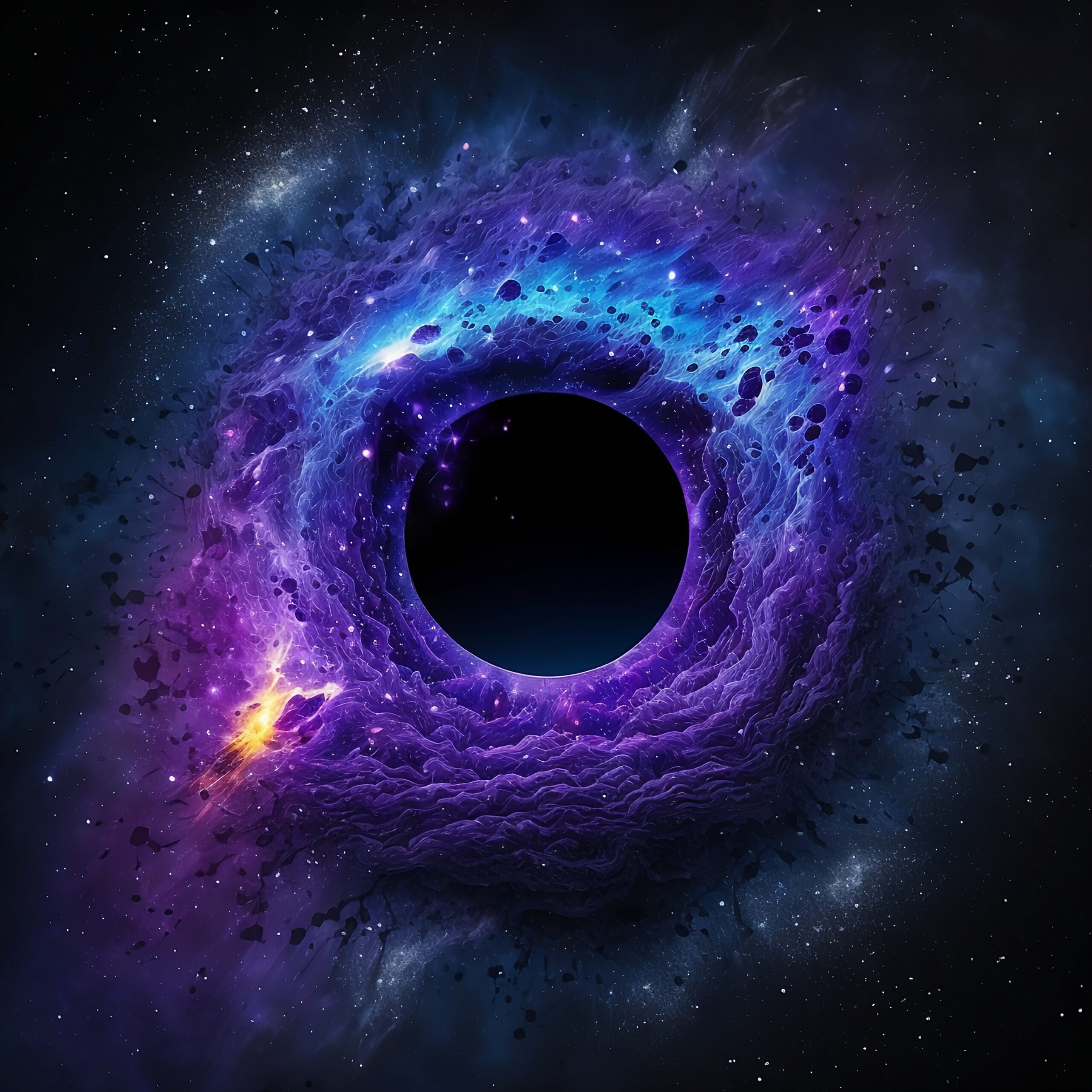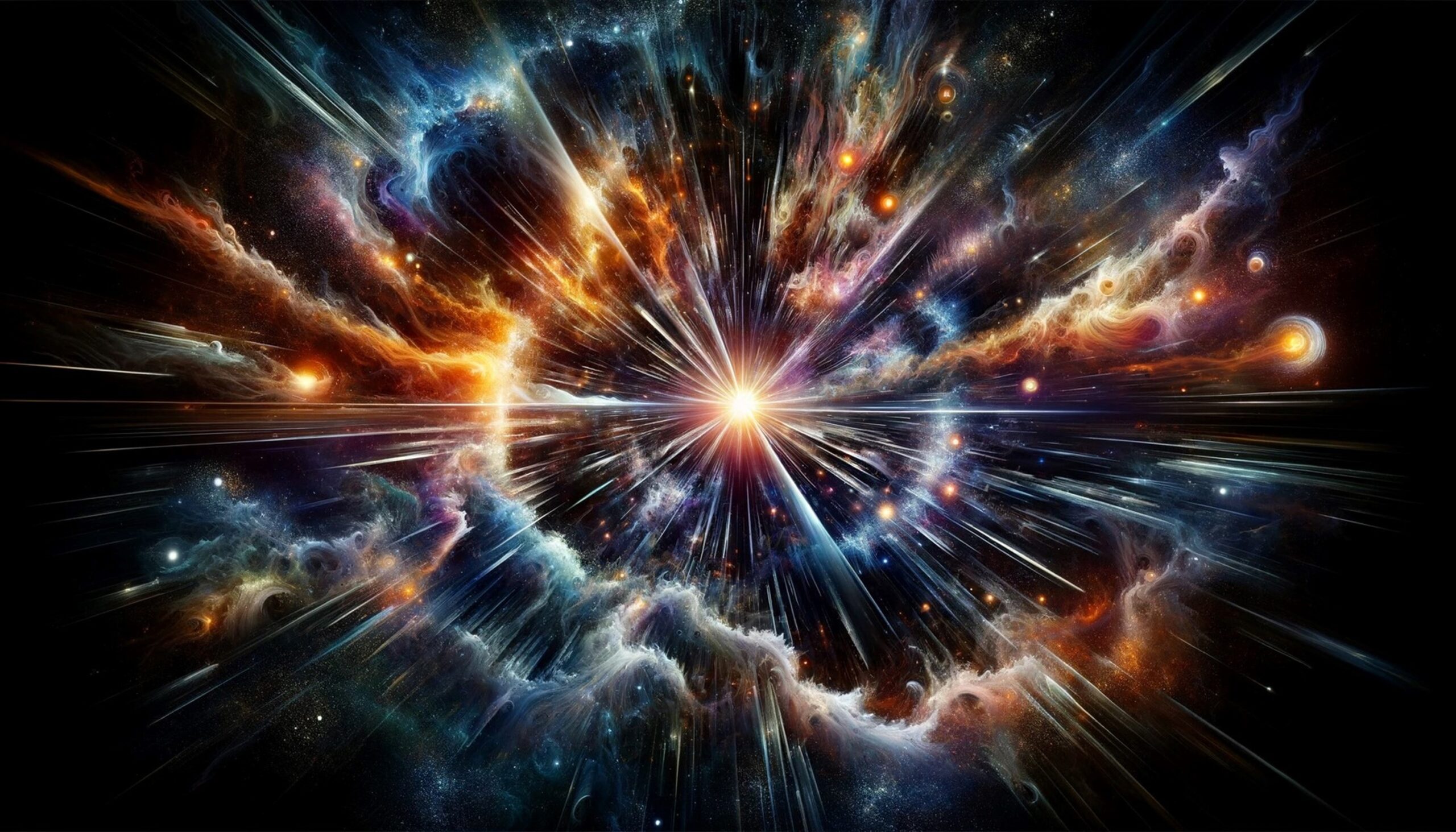Introduction
Mars and Earth are often compared, sparking curiosity about the possibility of humans living on the Red Planet someday. Mars shares some fascinating similarities with Earth, like having seasons, polar ice caps, and a day-night cycle. These features make it an exciting target for exploration. However, the big differences—such as its atmosphere and surface conditions—highlight the challenges of understanding and possibly living there.
Both planets inspire scientists and dreamers. Earth is our home and the origin of life, while Mars offers clues about how planets evolve and whether life could exist beyond Earth. By comparing Mars and Earth, we can learn more about their geology, climates, and atmospheres, as well as explore what this means for the future of space exploration.
Key Differences Between Mars and Earth
When we compare Mars and Earth, we notice big differences as well as a few similarities. These key traits—such as size, gravity, and orbit—help us better understand the environments of both planets.
Size and Mass Earth is much bigger and heavier than Mars. Earth’s diameter is about 12,742 km, nearly twice that of Mars, which is 6,779 km wide. In terms of surface area, Earth covers 510 million km², while Mars has 144 million km², roughly the size of all Earth’s continents combined. Earth’s mass is 5.97 x 10²⁴ kg, much heavier than Mars’ 6.42 x 10²³ kg, which is only about 11% of Earth’s mass.
Gravity Earth has a gravity of 9.8 m/s², which allows life to thrive as we know it. Mars, on the other hand, has only 3.7 m/s² of gravity—about 38% of Earth’s gravity. This weaker gravity would cause problems for human life on Mars, like loss of muscle and bone strength over time.
Orbit and Distance from the Sun Earth orbits the Sun at an average distance of 149.6 million km (1 Astronomical Unit or AU), giving us a mild climate that supports life. Mars is farther from the Sun, at 227.9 million km (1.5 AU). This makes Mars much colder, with an average temperature of about -63°C, compared to Earth’s 15°C. Mars also takes longer to orbit the Sun—687 Earth days—while Earth only takes 365.25 days.
Summary of Key Stats
| Attribution | Earth | Mars |
|---|---|---|
| Diameter | 12,742 km | 6,779 km |
| Surface area | 510 million km² | 144 million km² |
| Mass | 5.97 x 10²⁴ kg | 6.42 x 10²³ kg |
| Gravity | 9.8 m/s² | 3.7 m/s² |
| Distance from Sun | 149.6 million km (1 AU) | 227.9 million km (1.5 AU) |
| Average temperature | 15°C | -63°C |
| Orbital period | 365.25 days | 687 days |
Breathing Easy or Freezing Cold?
The atmospheres and climates of Earth and Mars are drastically different, which affects their ability to support life. From the air we breathe to the temperatures we face, these differences are key to understanding both planets.
Atmosphere Composition Earth’s atmosphere is made up of 78% nitrogen, 21% oxygen, and small amounts of other gases like carbon dioxide and water vapor. This oxygen-rich air makes life possible, while the atmospheric pressure at sea level (101.3 kPa) allows liquid water to exist.
In contrast, Mars’ atmosphere is mostly carbon dioxide (95%), with tiny amounts of nitrogen, argon, and only 0.13% oxygen. It’s extremely thin, with a surface pressure of just 0.6 kPa—less than 1% of Earth’s. This means the air on Mars is unbreathable and unable to support life as we know it.
Temperatures Earth enjoys a relatively mild and stable climate, with an average global temperature of 15°C. Temperatures can vary from -89°C in Antarctica to over 56°C in deserts, but Earth’s atmosphere and greenhouse effect help keep the temperature within a range that supports life.
Mars is much colder, with an average surface temperature of -60°C. It experiences extreme temperature changes, ranging from 20°C on summer days near the equator to -125°C on winter nights at the poles. The thin atmosphere on Mars provides little insulation, causing heat to escape quickly.
Weather Patterns Earth’s weather is dynamic, shaped by the water cycle, atmospheric gases, and the planet’s rotation. We experience rain, snow, thunderstorms, and hurricanes, which play a huge role in shaping Earth’s climate.
Mars, however, has a much drier and less active atmosphere. It is known for large dust storms, some of which can cover the entire planet for weeks. These storms are caused by solar heating of the surface and are stronger due to Mars’ lower gravity and thin atmosphere. Winds can reach speeds of 60-100 km/h, enough to move dust, but not strong enough to cause the kind of destruction seen with Earth’s hurricanes.
Landscapes of the Blue and Red Planets
Earth and Mars have very different landscapes, each shaped by their own unique geologies and histories. From Earth’s water-filled surface to Mars’ dry, dusty terrain, these planets provide a fascinating contrast in their features.
Earth’s Terrain: A World of Variety Earth is a planet of great geological and ecological variety. About 71% of Earth’s surface is covered by water, forming oceans, seas, lakes, and rivers that support life. The remaining 29% consists of different landscapes, including tall mountains, vast forests, large deserts, fertile plains, and icy polar regions. Earth’s surface is constantly changing due to tectonic activity, erosion, and a dynamic climate, making it the only known planet full of life.
Mars’ Terrain: A Rugged Red Desert Mars, known as the “Red Planet,” looks very different. Its surface is a dry, rocky desert covered in iron oxide dust, giving it its reddish color. Mars is home to some of the most impressive geological features in the solar system:
Olympus Mons: The largest volcano in the solar system, nearly 22 km high, almost three times the height of Mount Everest, and 600 km wide.
Valles Marineris: A canyon system that is much larger than Earth’s Grand Canyon, stretching over 4,000 km long, up to 200 km wide, and as deep as 7 km.
Impact Craters: Including Hellas Planitia, a massive crater basin over 2,300 km wide, created by a giant asteroid impact.
Mars also has dusty plains and polar ice caps that change with the seasons as carbon dioxide freezes and sublimates.
Mars has no tectonic activity, so its surface has remained mostly unchanged for millions of years, preserving ancient features like craters and dry riverbeds.
Water on Earth and Mars Water is essential to Earth’s surface, covering most of the planet and existing in liquid, solid, and gas forms. The presence of liquid water is crucial for the diversity of life on Earth.
Mars, while dry today, shows signs of having had water in the past. Its polar ice caps contain frozen water, and scientists have found signs of salty water beneath the surface. Ancient river valleys, deltas, and lake beds suggest that liquid water once flowed on Mars billions of years ago. Even though liquid water doesn’t exist on Mars today due to its thin atmosphere, these features hint that the planet might have been more Earth-like in its distant past.
Conclusion
Earth and Mars, though vastly different, share both fascinating similarities and striking differences. Earth is a lively, water-filled planet full of life, while Mars is cold and barren, with a mysterious past and potential for future exploration. From Earth’s dynamic weather systems and varied landscapes to Mars’ towering volcanoes, deep canyons, and signs of ancient water, the comparison reminds us of how unique our planet is and the exciting possibilities Mars holds.
This leads to an important question: Should humanity try to make Mars a second Earth, or should we focus on protecting the one home we already have?
As we continue to explore space, one thing is certain—curiosity and innovation are key to understanding our place in the universe. Whether it’s finding ways to safeguard Earth or exploring Mars’ secrets, the adventure of discovery encourages us all to think big, dream boldly, and stay curious.
Share the knowledge with

